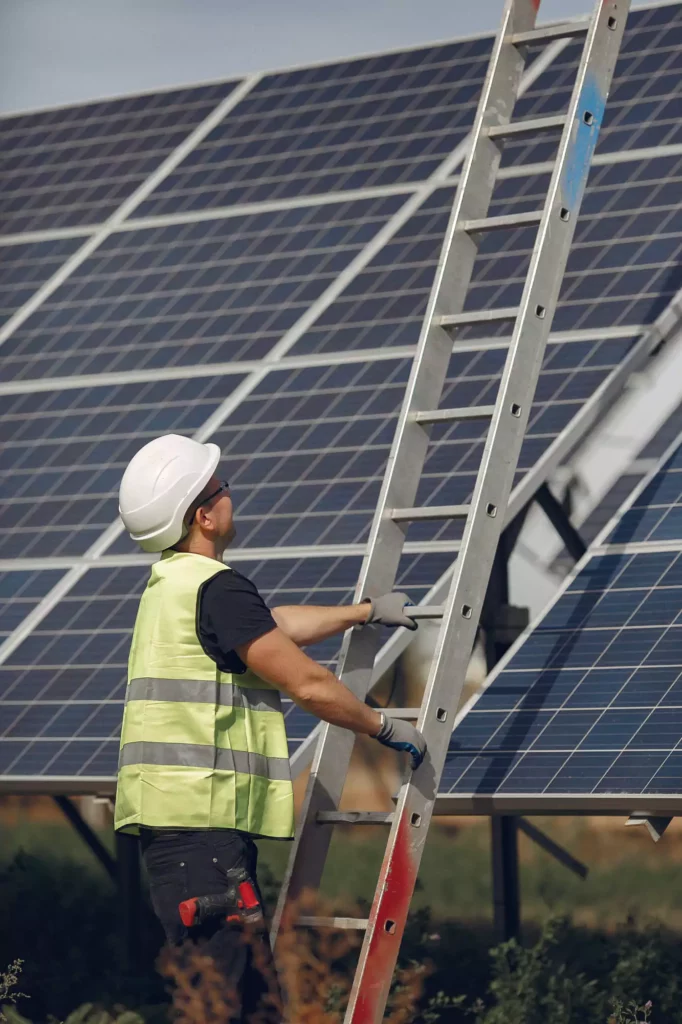Regulatory framework
The inception of the Law 5106/2024 is rooted in European legislation, specifically through the Commission Regulation (EU) 2016/631, issued in April 2016. This regulation, known as the
Requirements for Generators (RfG), aims to standardize grid connection requirements for power-generating units across the European Union. This regulation is part of the EU’s broader strategy to promote sustainable energy, enhance energy security, and develop a unified energy market.
In the RfG, the Article 14.2(b) addressing Type B units (1 to 50MW capacity) specifies that grid operators can require an interface to remotely control these units’ output in case of serious grid instability. The grid operators must specify its requirements.
In Greece, those requirements have been reinforced by the Article 111 of Law 5106/2024 and the application threshold has been lowered to 400 kW.
If equipment is not installed by the deadline, HEDNO may deactivate the grid connection until requirements are met. For installations not yet active by the deadline, remote monitoring and control equipment installation is required for grid activation.
 Ελλάδα (ελληνική)
Ελλάδα (ελληνική)
 Nederland (Nederlands)
Nederland (Nederlands)


